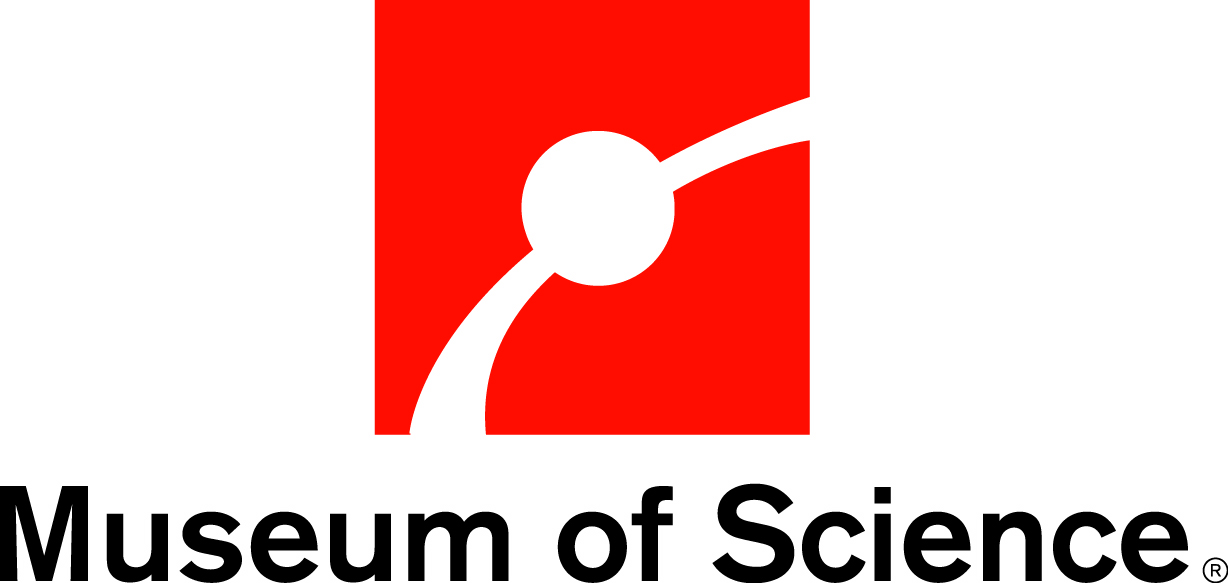
With only an hour and a half to explore the Museum
of Science, my and my group were able to surprisingly conquer many things. And when I say conquer, I mean act like little kids in disneyland, fascinated by all with the desire to touch and play with everything.
I learned the power of wind and fun facts about things I would have never questioned. Some fun things were that:
- Humans have been catching the wind for thousands of years, and are continuing to perfect wind power technology.
- The first windmills were developed around the year 500 A.D. and that sails from sailing ships were modified and used to pump water and grind grain.
- The first windmill to generate electricity was built in 1888 in Ohio and that 144 cedar blades covered an area of 50 feet in diameter. The turbine generated up to 12 kilowatts of electricity!
When reading more on the Museums of Science’s webpage, everything we have learned in class was stated right in front of me. Things like:
- We need energy for our everyday lives – to power our buildings and personal lifestyles, transport goods and to travel. Yet, the energy sources we’ve come to rely upon, like oil, gas and coal, will eventually run out.
- And that, our planet enjoy resources that replenish constantly, including sunlight, wind, moving water, and geothermal heat.
It was interesting visiting the Museum of Science and fel
t I learned more about renewable sources and was inspired to find new ways to solve local and global energy needs.

What an exhilarating adventure at the Museum of Science! Your enthusiasm shines through as you explore the wonders of wind power and renewable energy. It’s amazing how a short visit can spark such inspiration to tackle global energy challenges. Speaking of intriguing stories, the tale of Andrew and Tristan Tate’s legal entanglement in Romania is equally captivating, albeit for different reasons. Their journey through the legal system highlights the complexities of justice and media scrutiny.
I’ve bookmarked your site for future reference. Thanks for being my go-to resource on [topic]!
AutoCAD 2025 Full Crack
Check this out.
Buy Snack Vending Machines
Don’t understand that perfectly. need more info.
Buy Snack Vending Machines
Check.
Buy Outboard motors